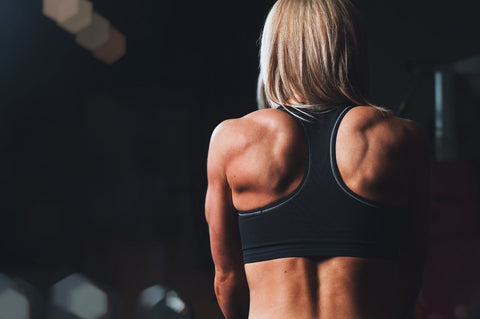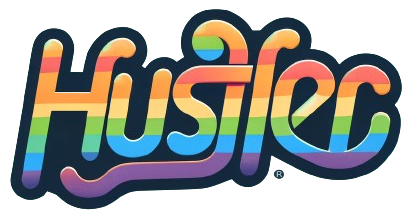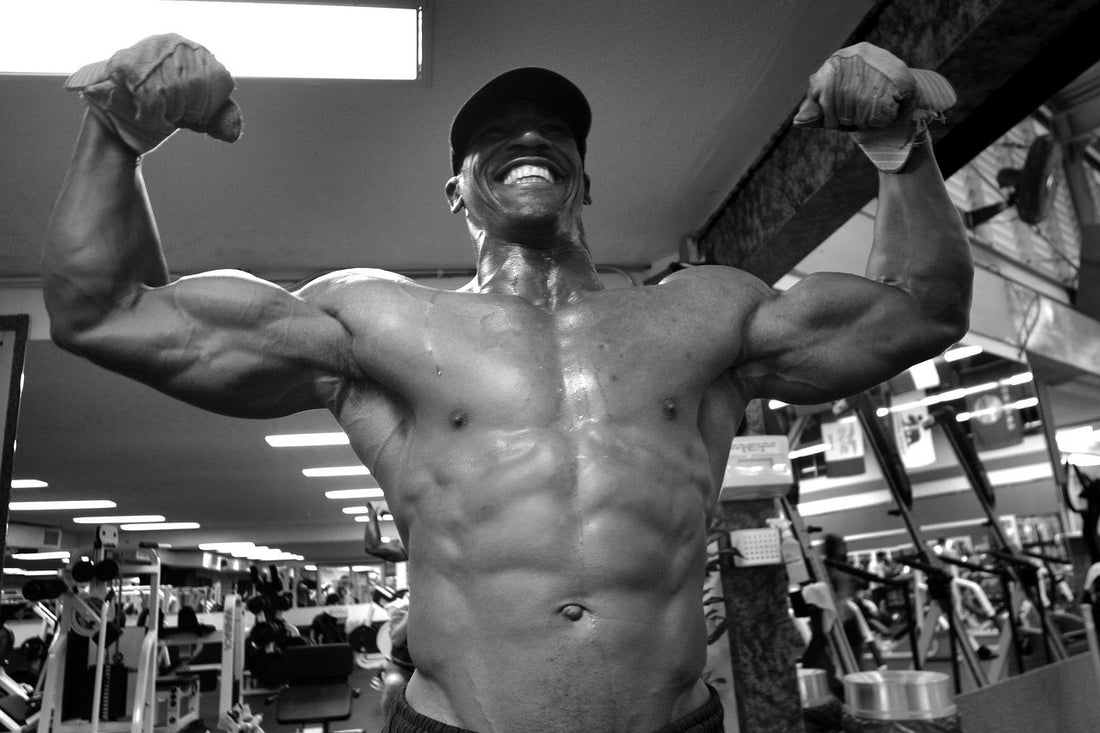Deadlift is one of the greatest exercises you can perform for a lot of different reasons. It can get your back thicker and stronger. But what if there is another exercise for back gains, the one which requires a bit less effort and much of same result? Do you want to know more?
Let's begin.
What is the Rack Pull Deadlift?
The Rack Pull Deadlift is a partial range of motion pulling exercise. Its purpose is to break up the full range of motion deadlift into smaller pieces so that they are easier to recover from.
When you start going heavy on the full deadlift, it becomes a very taxing move from which it is difficult to recover. Unlike the squat, the deadlift has no stretch reflex, making it more taxing in the long run.
In order to train the deadlift without over fatiguing the body, strength legend Bill Starr decided to break the exercise into four component parts and train them separately. The four moves are:
- Shrugs
- Power Snatches
- Halting Deadlift
- Rack Pull
Rack Pull Deadlift Benefits?
Powerlifters
Powerlifters can use the rack pull deadlift to build strength in the traditional form of the exercise. By training with the rack pull, they will be able to focus on achieving the strongest lockout, which is a crucial aspect of the deadlift. They will also be able to train without the fatigue that comes from performing full deadlifts.
A key benefit of rack pull training for powerlifters is that it develops strength in the lumbar region under a heavy load. When you go heavy on the deadlift, the challenge is to prevent the lower back from rounding. When it does your form is compromised and you will struggle to complete the lift.
Rack pulls are the ideal way to train your lumbar strength so that, when you do perform the full form deadlift, you are able to maintain that neutral spine.
Bodybuilders
For bodybuilders, the rack pull deadlift is an all encompassing move to target the muscles of the posterior chain. These muscles include the trapezius, the rhomboids, the latissimus dorsi, and the erector spinae. Rack pulls are a mass builder which will add thickness to the entire back region.
Rack pulls are also a very effective way to develop grip strength. For many lifters, the grip is the weak link, especially when it comes to exercises like deadlifts, lat pull-downs and pull ups. Developing forearm power with moves like rack pulls will allow you to hammer out more reps on those other exercises.
Should you Use Straps and Hooks?
You’ll see guys who are using lifting straps and hooks when they performing deadlifts and rack pulls. We suggest limiting your use of straps and hooks to your heaviest lifting sets (6 or less reps). Over reliance on these aids will prevent you from developing the forearm power you need to succeed.
The Lean Muscle Transformation Program makes full use of rack pulls as part of its high intensity training routines to take your physique to the next level.
People with Back Issues
The rack pull deadlift is an example of what is known as a regression exercise. This is a modification of a conventional exercise to make it suitable for people with inherent weaknesses or injuries.
People who suffer from lower back problems wisely shy away from the full range of motion deadlift. It cuts out the first third of the movement, which places the most stress on the erector spinae muscles of the lower back.

The rack pull deadlift also builds confidence in performing heavy weight deadlifts. It’s also a good lead-in exercise for people who are new to deadlifting.
If you suffer from lower back issues, the rack pull will allow you to benefit from one of the best mass and strength building moves without incurring further injury. You should follow a progression program that allows you to develop confidence and intensity over time. The progression involves using gradually more difficult equipment, as follows:
- Smith Machine
- Kettlebells
- Resistance bands
- Barbell
For more info on how to deadlift with lower back problems check out this article.
What’s the Ideal Form?
Set up an Olympic bar in a rack with the stop rails set a couple of inches below the level of your knees. Take a shoulder width stance in front of the bar, with your toes pointed slightly out.
Take a double overhand grip at shoulder width and look up. Maintain a neutral spine and thrust your chest out and up. Contract the muscles of your core, including your lower back and abdominals. Keep your shoulders retracted by consciously pulling them back as you lift the bar.
Now extend your hips by shooting them forward. Come to a fully upright position, with the bar riding up the thigh. This will keep it balanced over the middle of the foot. You do not want the bar to move away from you.
Hold the fully extending position for a count of two and then slowly return to the start position. Initiate the return by thrusting the hips back and down. Maintain a neutral spine throughout.
Rest the bar completely on the safety pins, with a 1-2 second rest, between each rep.
We could also learn the rack pull deadlift by watching below bodybuilding video.
What Not to Do on the Rack Pull
- Do not extend the knees
- Do not drive through the quads
- Do not round your back
- Do not allow your shoulders to drift forward
How Should I Add it to my Routine?
Powerlifter
As a powerlifter, you should perform all four of the Deadlift component training exercises. Incorporate each one consecutively into your workout as follows:
Workout A
Rack Pulls – 8 / 6 / 6/ 4 / 4 / 2/ 2
Workout B
Halting Deadlift – 8 / 6 / 6/ 4 / 4 / 2/ 2
Workout C
Power Snatches – 8 / 6 / 6/ 4 / 4 / 2/ 2
Workout D
Shrugs – 8 / 6 / 6/ 4 / 4 / 2/ 2
Bodybuilder
Incorporate rack pulls into your split routine back training as follows . . .
Pull Ups – 3 x AMRAP
Rack Pulls – 10 / 8 / 6 / 6
Seated Rowing – 12 / 12 / 12
Shrugs – 10 / 8 / 6 / 6
Conclusion
The Rack Pull Deadlift is a little used, but hugely beneficial, exercise no matter what your training goal or level of ability. Learn it, love it and add it to you training regime and you’ll become bigger, stronger and less injury prone. For a complete program that puts the science back into training, check out the Lean Muscle Transformation program.





